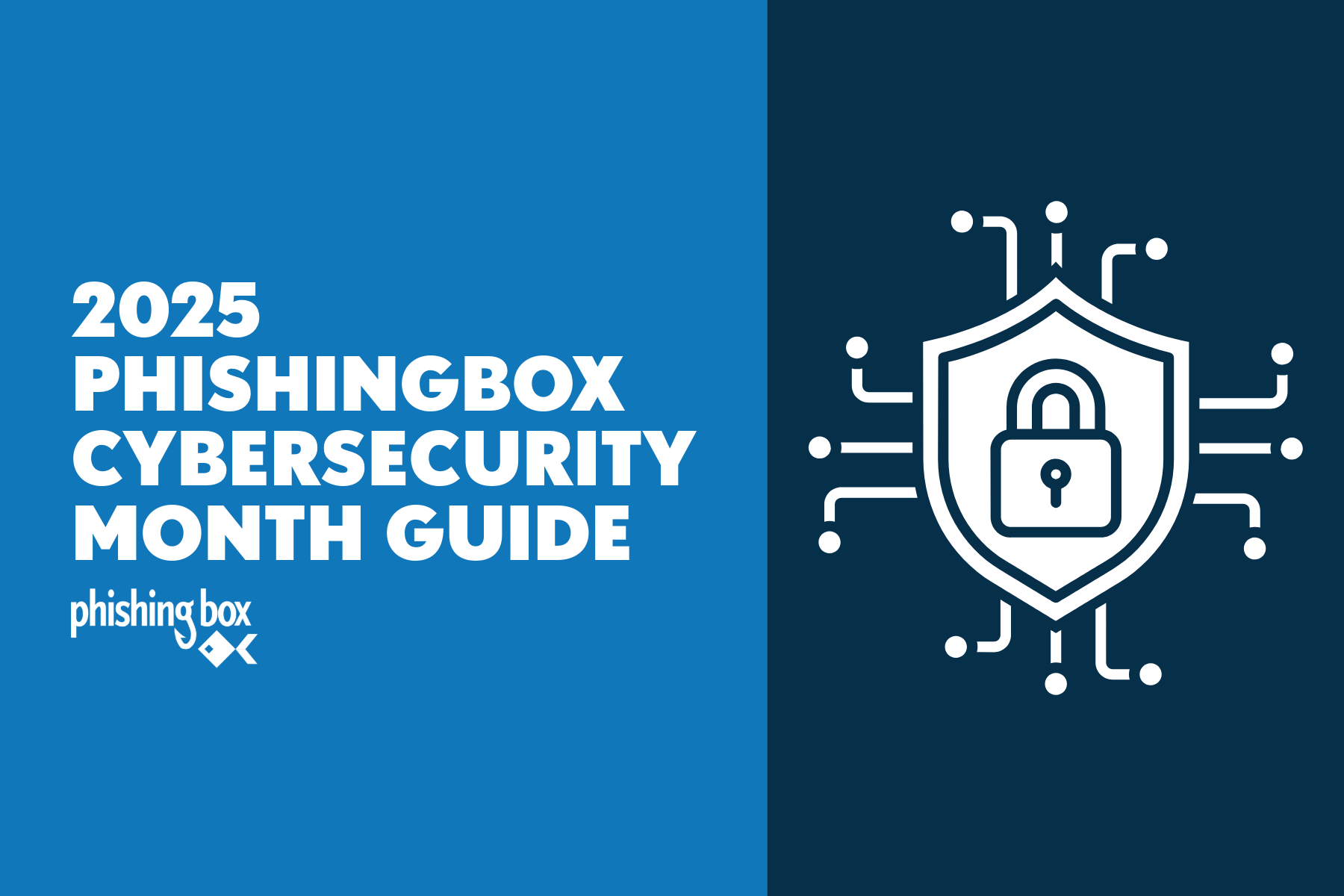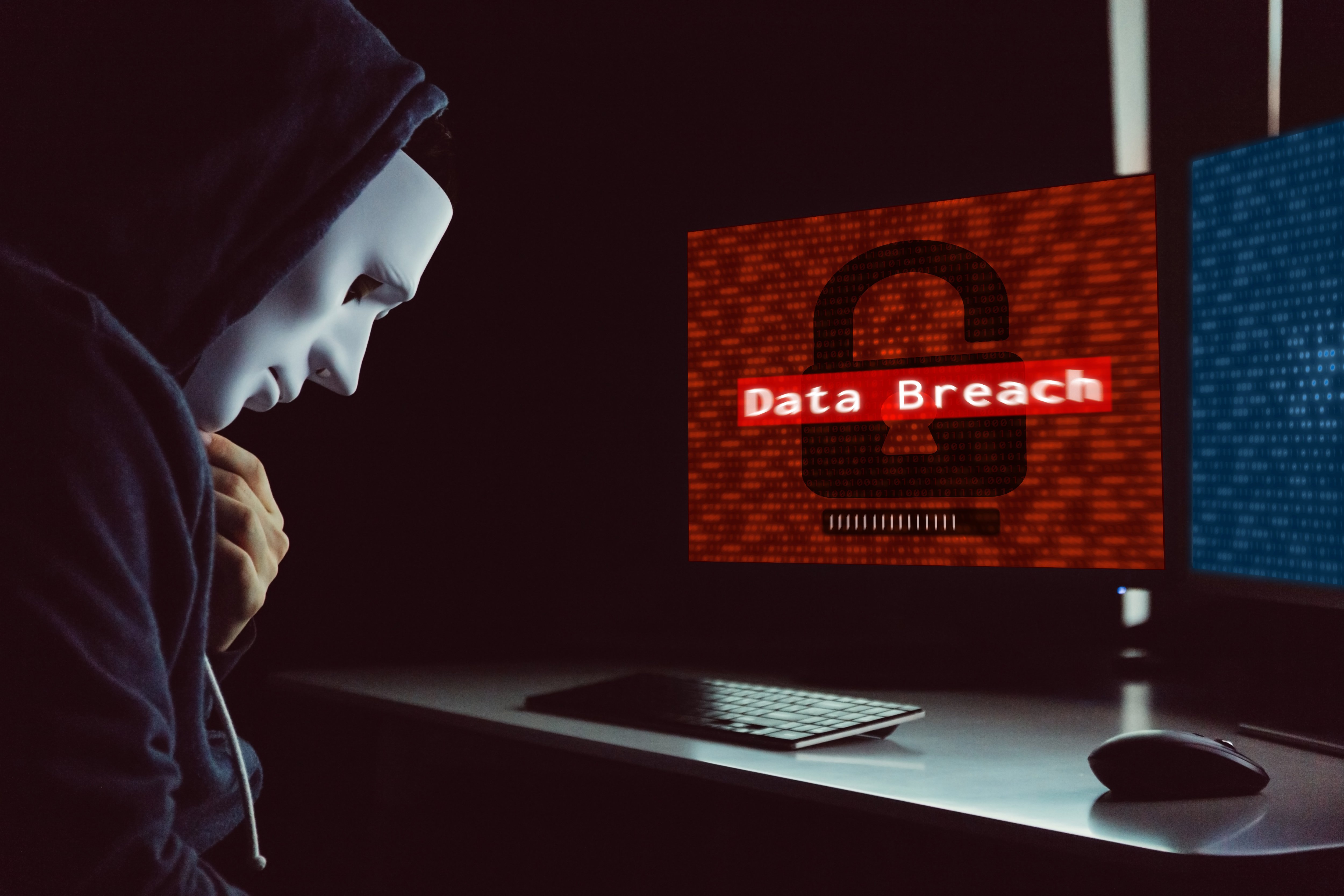The cyber threat landscape is constantly evolving, with adversaries employing sophisticated techniques to breach networks and compromise data.
Key Current Cyber Threat Trends:
Stealth Attacks: Adversaries are operating with unprecedented stealth. Attacks take only minutes to succeed, and they often hide from detection by using valid credentials and legitimate tools.
Identity-Based Attacks: Identity threats have exploded. Adversaries use techniques like phishing, social engineering, and buying legitimate credentials from access brokers. Tactics such as SIM-swapping, MFA bypass, and stolen API keys are becoming popular.
Cloud Dominance: Adversaries capitalize on global cloud adoption. They use valid credentials to access victims’ cloud environments, making it difficult to distinguish between normal user activity and a breach.
Exploiting Relationships: Adversaries target vendor-client relationships, creating a single access point to target multiple organizations. They exploit access to IT vendors and compromise the software supply chain.
Generative AI Risks: Adversary abuse of generative AI raises concerns about convincing social engineering campaigns and the creation of malicious software. AI-powered attacks are becoming more sophisticated.
Human Risk Management Strategies
To combat these threats, organizations can focus on human risk management:
Security Awareness Training:
Regular training sessions educate employees about cybersecurity best practices, threat vectors, and safe online behavior.
Topics include recognizing phishing emails, avoiding social engineering traps, and understanding the importance of strong passwords.
Phishing Simulation Testing:
Conduct simulated phishing attacks to test employees’ security awareness.
These simulations mimic real-world scenarios, helping employees recognize suspicious emails and avoid falling for phishing attempts.
Tools like PhishingBox offer customizable campaigns and reporting features.
Learning Management Systems (LMS):
Implement an LMS to efficiently assign and track security awareness training.
LMS platforms ensure employees receive relevant content and reinforce learning over time.
Comprehensive Reporting:
Regularly assess employee performance in simulated scenarios and training programs.
Use comprehensive reporting to identify weak points and tailor additional training accordingly.
Conclusion
By combining security awareness training, phishing simulation testing, and robust reporting, organizations can empower their workforce to recognize and mitigate cyber threats effectively. Education and practice foster a security-conscious culture, making it harder for adversaries to succeed.
Remember, staying informed and proactive is crucial in the ever-evolving landscape of cybersecurity! 🛡️🔒


